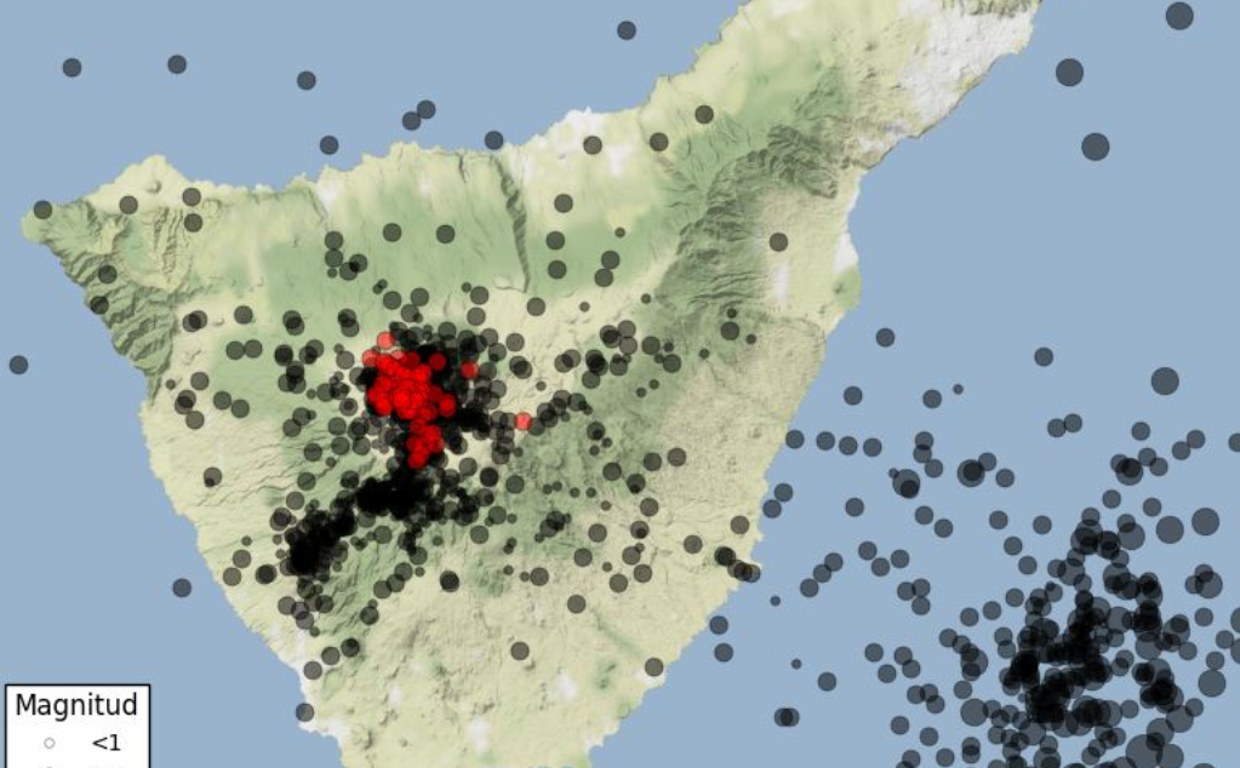XPan
The Living Force
I recently watched a documentary on the awakening of Vesuvius.
Some scientists predict that Vesuvius will erupt soon. In cities that are close to this volcano, the ground is registered to rise.
The case looks very interesting. Volcanic activity is slowly increasing.
The documentary also mentioned Baiae. This city was visited in the past by Caesar and Cleopatra, among others. Today it is submerged.
Are we in for another event that will go down in the pages of geological history for eternity?
From what I understand is, that the region around Vesuvio, is calm - and has been like that for a long time.
It is the Campi Flegrei to the west, with the town of Pozzuoli at the center of a partially submerged caldera from which the former city Baiae is part of. So, that whole area is highly unsettled and has been rising something like 90 cm in recent years. I believe the area rises around 11 mm per month.
When I was a child/young teenager, i often read everything I could about the Vesuvio volcano... Back then, it was said that the volcano erupts in average every 33 years. (last time that was in 1944). Well, as of now it's been quiet for 78 years. Apparently it isn't unusual that the volcano can have several hundred of years quiescence in between much more active periods.



 ]
] 





